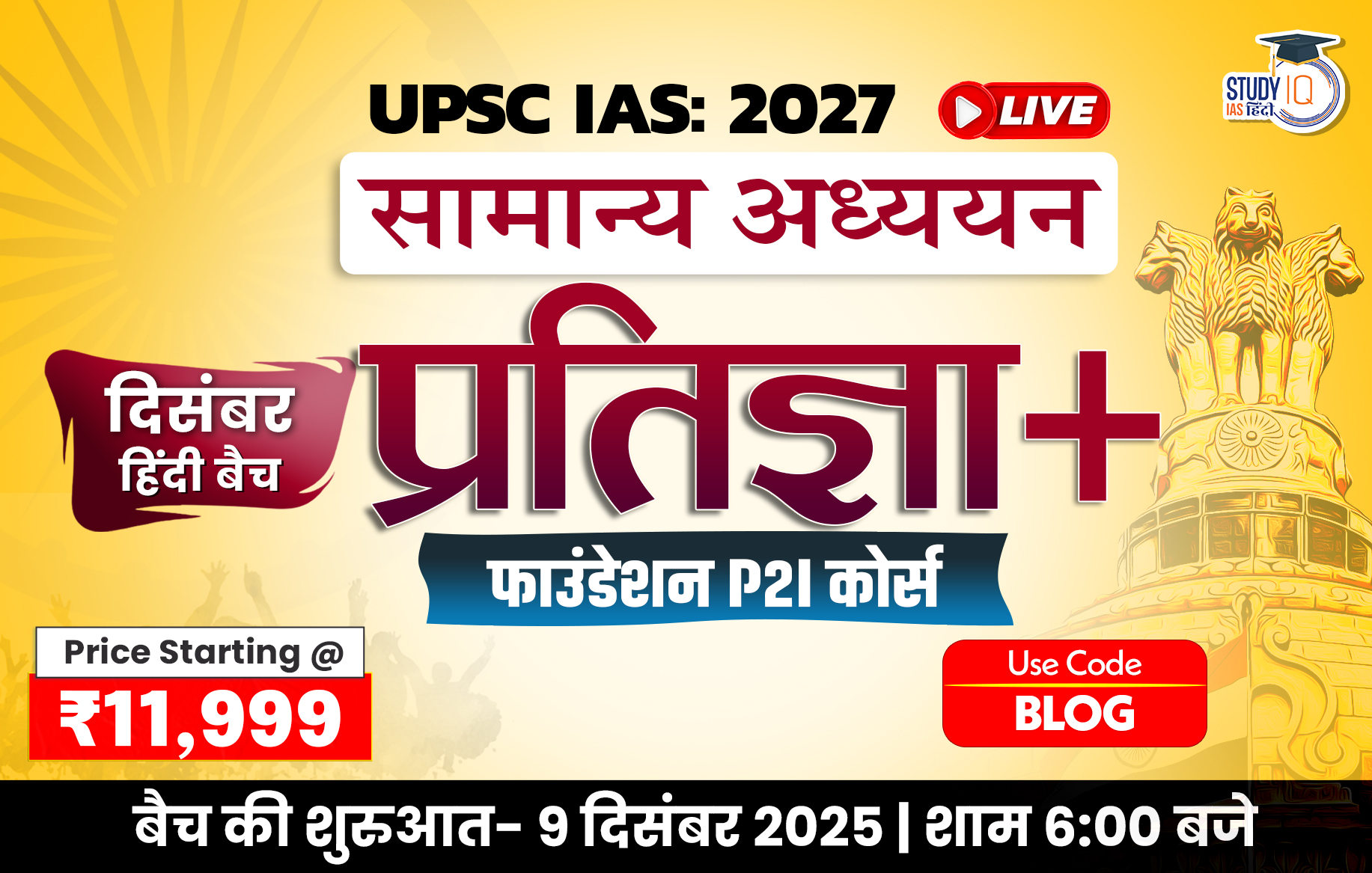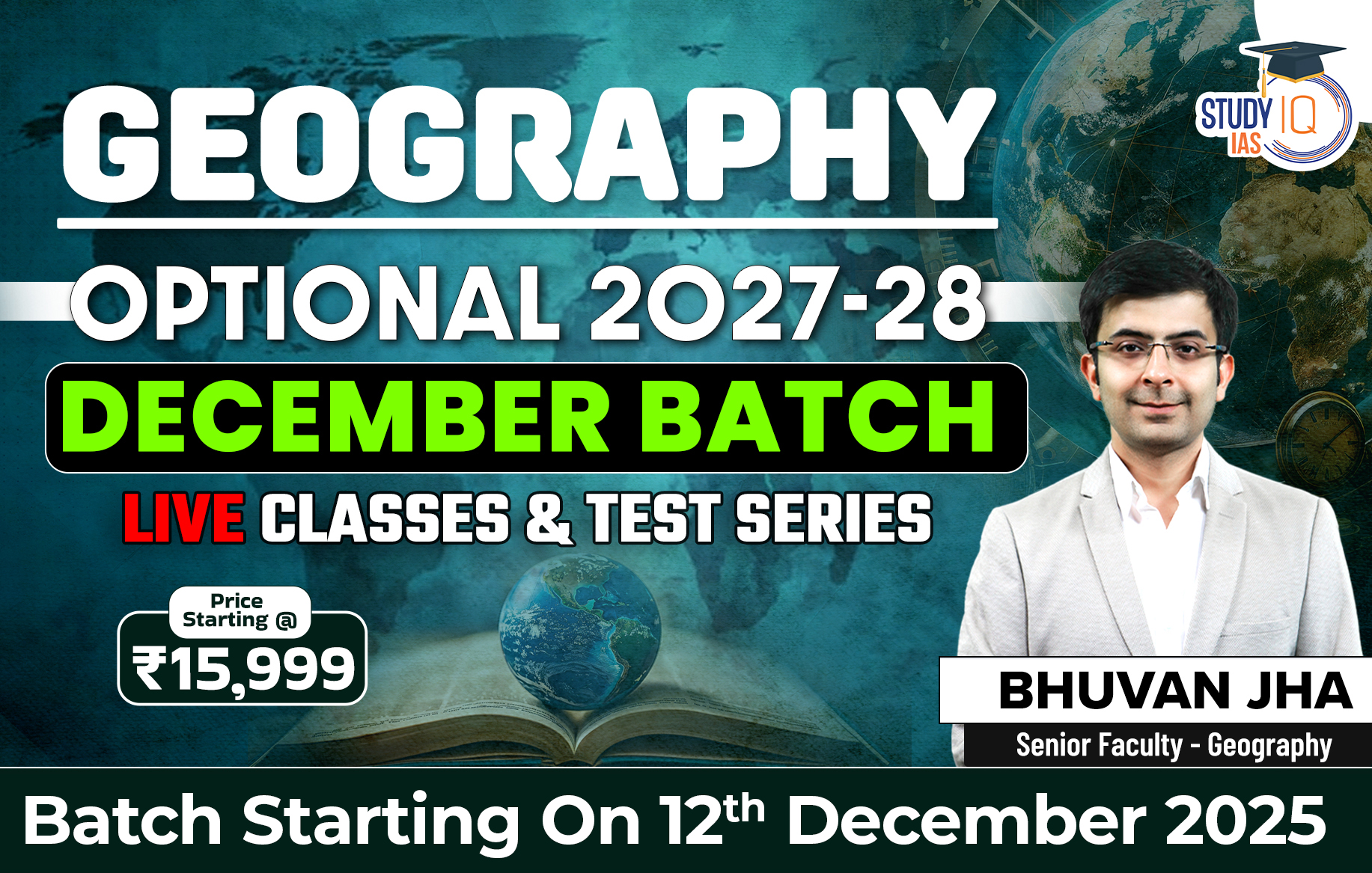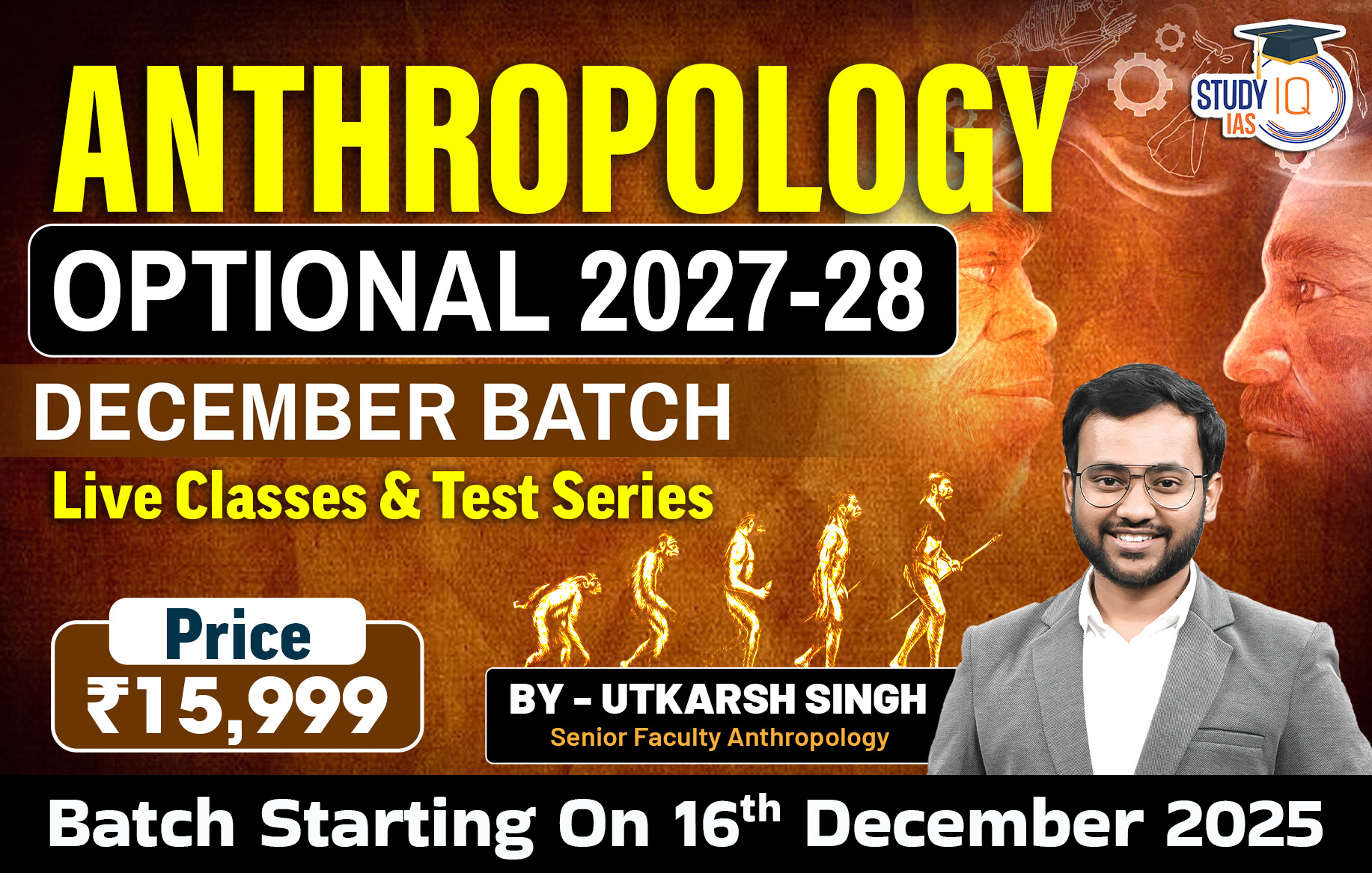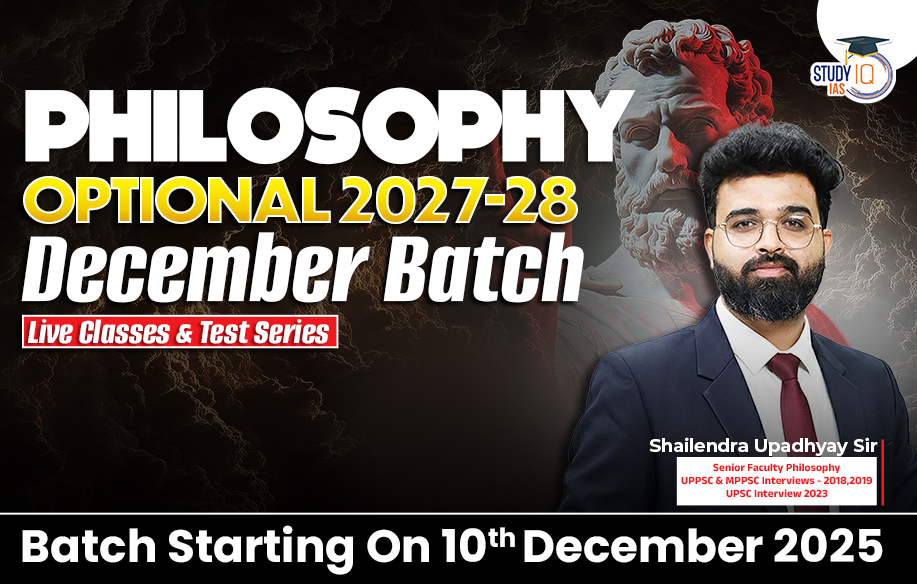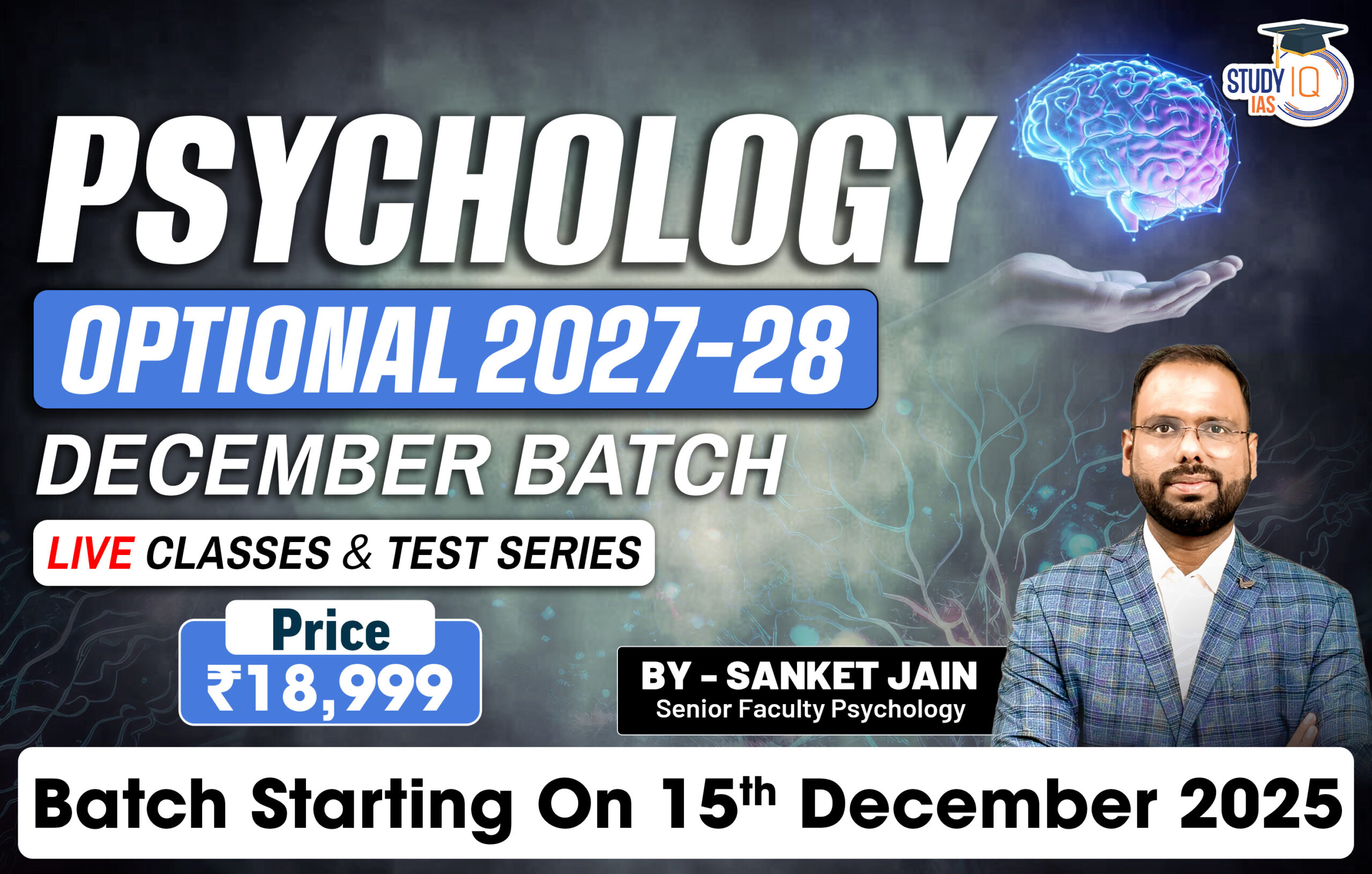Daily Quiz 03 July 2025
Quiz-summary
0 of 5 questions completed
Questions:
- 1
- 2
- 3
- 4
- 5
Information
- Click on – ‘Start Quiz’ button
- Solve Questions
- Click on ‘Next’ button
- Click on ‘Finish Quiz’ button
- Now click on ‘View Questions’ button – here you will see solutions and links.
- The test contains a total of 5 questions.
- Click on the most appropriate option to mark it as your answer.
- You will be awarded Two marks for each correct answer.
- You can change your answer by clicking on some other option.
- A Number list of all questions appears at the top side of the screen.
- You can access the questions in any order by clicking on the question number given on the number list.
- You can use rough sheets while taking the test.
- Do not use calculators, log tables, dictionaries, or any other printed/online reference material during the test.
- Do not click the button “Finish Quiz” before completing the test. A test once submitted cannot be resumed.
You have already completed the quiz before. Hence you can not start it again.
Quiz is loading...
You must sign in or sign up to start the quiz.
You have to finish following quiz, to start this quiz:
- 1
- 2
- 3
- 4
- 5
- Answered
- Review
-
Question 1 of 5
1. Question
1 pointsConsider the following statements, with respect to the Asian Development Bank (ADB):
1. Only UNESCAP members are eligible to become ADB members.
2. As per the weighted voting system, India currently has larger voting power than the People’s Republic of China.
3. ADB raises the majority of its lendable resources from periodic assessed contributions by member governments.
4. Every member country appoints one Governor, but only regional members can sit on the 12-member Board of Directors.
Which of the statements given above is/are correct?Correct
Answer: (d)
Statement 1 is Incorrect: According to the ADB Charter (Article 3), any country that is a member of the United Nations or the Economic and Social Commission for Asia and the Pacific (UNESCAP) can apply for membership. Therefore, membership is open to both UNESCAP and non-UNESCAP UN members.
For example, Canada, Germany, France, and the USA are not part of UNESCAP, yet they are full ADB members. This statement falsely restricts eligibility.Statement 2 is Incorrect: Voting power in ADB is weighted, based on the proportion of capital shares each country holds. As of 2024–25 data:
- China holds approximately 6.43% of total voting power.
- India holds approximately 6.34%.
Although the difference is small, China still has slightly more voting power than India. Thus, the statement is factually incorrect.
Statement 3 is Incorrect: ADB raises most of its resources by issuing AAA-rated bonds in international capital markets. It borrows extensively using instruments like global benchmark bonds, medium-term notes, and local currency bonds (e.g., Samurai bonds in Japan, Kangaroo bonds in Australia).
While member contributions and paid-in capital do support operations, they make up a small fraction of ADB’s total lending capacity. This model is similar to that of the World Bank.Statement 4 is Incorrect: While it is true that each member appoints a Governor (usually the finance minister or equivalent), the 12-member Board of Directors includes:
- 8 Directors from regional members (Asia-Pacific region)
4 Directors from non-regional members (e.g., USA, Germany)
So, non-regional countries do get representation on the Board.Incorrect
Answer: (d)
Statement 1 is Incorrect: According to the ADB Charter (Article 3), any country that is a member of the United Nations or the Economic and Social Commission for Asia and the Pacific (UNESCAP) can apply for membership. Therefore, membership is open to both UNESCAP and non-UNESCAP UN members.
For example, Canada, Germany, France, and the USA are not part of UNESCAP, yet they are full ADB members. This statement falsely restricts eligibility.Statement 2 is Incorrect: Voting power in ADB is weighted, based on the proportion of capital shares each country holds. As of 2024–25 data:
- China holds approximately 6.43% of total voting power.
- India holds approximately 6.34%.
Although the difference is small, China still has slightly more voting power than India. Thus, the statement is factually incorrect.
Statement 3 is Incorrect: ADB raises most of its resources by issuing AAA-rated bonds in international capital markets. It borrows extensively using instruments like global benchmark bonds, medium-term notes, and local currency bonds (e.g., Samurai bonds in Japan, Kangaroo bonds in Australia).
While member contributions and paid-in capital do support operations, they make up a small fraction of ADB’s total lending capacity. This model is similar to that of the World Bank.Statement 4 is Incorrect: While it is true that each member appoints a Governor (usually the finance minister or equivalent), the 12-member Board of Directors includes:
- 8 Directors from regional members (Asia-Pacific region)
4 Directors from non-regional members (e.g., USA, Germany)
So, non-regional countries do get representation on the Board. -
Question 2 of 5
2. Question
1 pointsWith reference to the NAVYA (Nurturing Aspirations through Vocational Training for Young Adolescent) pilot, consider the following statements:
- It is anchored in the BetiBachaoBetiPadhao programme and therefore financed from the Nirbhaya Fund.
- Eligibility is restricted to adolescent girls who have completed at least Class 12.
- All chosen districts for the pilot are either Aspirational Districts or in the North-Eastern Region.
- Implementation explicitly leverages the credit-linked PradhanMantri Mudra Yojana to provide start-up capital to trained girls.
How many of the statements given above are correct?
Correct
Answer : (a)
Statement 1 is Incorrect: NAVYA is not part of the BBBP scheme or funded through the Nirbhaya Fund. It is a pilot initiative jointly launched by the Ministry of Women and Child Development (MWCD) and Ministry of Skill Development and Entrepreneurship (MSDE) under the Viksit Bharat@2047 framework. The primary support comes from skilling schemes like PMKVY, not safety-oriented funds like Nirbhaya.
Statement 2 is Incorrect: The NAVYA programme targets girls aged 16–18 years who have completed at least Class 10, not Class 12. This design ensures early skilling opportunities for girls just out of secondary school, especially in underserved or vulnerable areas. So, this statement overstates the eligibility requirement.
Statement 3 is Correct: According to official press releases (PIB), the pilot covers 27 districts across 19 states, and all of them are either Aspirational Districts or located in the North-Eastern Region. The aim is to ensure inclusive skilling by focusing on backward and underserved regions. Hence, the targeting criteria stated here are accurate.
Statement 4 is Incorrect: The NAVYA scheme is focused on vocational training and skilling. While PMKVY and other skill development schemes are part of the implementation strategy, PM Mudra Yojana (which provides microcredit for startups) is not part of the stated framework. This is an extrapolation not supported by official documents.
Incorrect
Answer : (a)
Statement 1 is Incorrect: NAVYA is not part of the BBBP scheme or funded through the Nirbhaya Fund. It is a pilot initiative jointly launched by the Ministry of Women and Child Development (MWCD) and Ministry of Skill Development and Entrepreneurship (MSDE) under the Viksit Bharat@2047 framework. The primary support comes from skilling schemes like PMKVY, not safety-oriented funds like Nirbhaya.
Statement 2 is Incorrect: The NAVYA programme targets girls aged 16–18 years who have completed at least Class 10, not Class 12. This design ensures early skilling opportunities for girls just out of secondary school, especially in underserved or vulnerable areas. So, this statement overstates the eligibility requirement.
Statement 3 is Correct: According to official press releases (PIB), the pilot covers 27 districts across 19 states, and all of them are either Aspirational Districts or located in the North-Eastern Region. The aim is to ensure inclusive skilling by focusing on backward and underserved regions. Hence, the targeting criteria stated here are accurate.
Statement 4 is Incorrect: The NAVYA scheme is focused on vocational training and skilling. While PMKVY and other skill development schemes are part of the implementation strategy, PM Mudra Yojana (which provides microcredit for startups) is not part of the stated framework. This is an extrapolation not supported by official documents.
-
Question 3 of 5
3. Question
1 pointsWith reference to volcanic eruptions, consider the following gases commonly emitted:
1. Water Vapour
- Sulphur Dioxide (SO₂)
- Hydrogen Fluoride
- Nitrous Oxide
How many of the above are significant volcanic gases emitted during eruptions?
Correct
Answer: (c)
Explanation:
During volcanic eruptions, around 99% of the gases released are made up of Water Vapour (H₂O), Carbon Dioxide (CO₂), and Sulphur Dioxide (SO₂) — all major components of volcanic emissions.
In addition, small amounts of other gases such as Hydrogen Sulfide (H₂S), Carbon Monoxide (CO), Hydrogen Chloride (HCl), and Hydrogen Fluoride (HF) are also released.
However, Nitrous Oxide (N₂O) is not typically associated with volcanic emissions and is mainly a product of agricultural and industrial activities.Hence, the correct answer is (c) Only three: Water Vapour, Sulphur Dioxide, and Hydrogen Fluoride.
Incorrect
Answer: (c)
Explanation:
During volcanic eruptions, around 99% of the gases released are made up of Water Vapour (H₂O), Carbon Dioxide (CO₂), and Sulphur Dioxide (SO₂) — all major components of volcanic emissions.
In addition, small amounts of other gases such as Hydrogen Sulfide (H₂S), Carbon Monoxide (CO), Hydrogen Chloride (HCl), and Hydrogen Fluoride (HF) are also released.
However, Nitrous Oxide (N₂O) is not typically associated with volcanic emissions and is mainly a product of agricultural and industrial activities.Hence, the correct answer is (c) Only three: Water Vapour, Sulphur Dioxide, and Hydrogen Fluoride.
-
Question 4 of 5
4. Question
1 pointsConsider the following statements with regard to the Rhone Glacier:
- It lies entirely within the canton of Valais and forms the headwaters of the river that ultimately empties into the Mediterranean Sea.
- It is the largest glacier in Switzerland by surface area.
- Recent studies attribute the formation of “swiss-cheese” holes primarily to enhanced sublimation under foehn winds rather than meltwater percolation.
- The glacier’s meltwater is the dominant natural inflow to Lake Geneva during the spring freshet.
Which of the statements given above is/ arecorrect?
Correct
Answer: (b) 1 and 4 only
Statement 1 is Correct: The Rhone Glacier is located in the Urner Alps, but the glacier itself lies within Valais canton. The meltwater forms the Rhone River, which flows westward through Lake Geneva, France, and empties into the Mediterranean Sea (Camargue Delta). So, both geographic claims are accurate.
Statement 2 is Incorrect: The Aletsch Glacier is the largest glacier in Switzerland and the entire Alps, with ~82 km² area. The Rhone Glacier is significant but smaller in area (~17 km²) and volume. Hence, the statement overstates its rank among glaciers.
Statement 3 is Incorrect: The “swiss cheese” holes are caused mainly by intense melting, leading to subsurface channels, cavities, and collapse structures within the ice. Though foehn winds can accelerate melting, the dominant driver is liquid meltwater percolation and structural weakening. Sublimation plays only a minor role.
Statement 4 is Correct: During the spring snowmelt, the Rhone Glacier contributes the largest volume of freshwater to Lake Geneva (Lac Léman). Other inflows exist (e.g., tributaries like the Dranse or Venoge), but the glacier-fed Rhone River dominates seasonal input, especially in May–June.
Incorrect
Answer: (b) 1 and 4 only
Statement 1 is Correct: The Rhone Glacier is located in the Urner Alps, but the glacier itself lies within Valais canton. The meltwater forms the Rhone River, which flows westward through Lake Geneva, France, and empties into the Mediterranean Sea (Camargue Delta). So, both geographic claims are accurate.
Statement 2 is Incorrect: The Aletsch Glacier is the largest glacier in Switzerland and the entire Alps, with ~82 km² area. The Rhone Glacier is significant but smaller in area (~17 km²) and volume. Hence, the statement overstates its rank among glaciers.
Statement 3 is Incorrect: The “swiss cheese” holes are caused mainly by intense melting, leading to subsurface channels, cavities, and collapse structures within the ice. Though foehn winds can accelerate melting, the dominant driver is liquid meltwater percolation and structural weakening. Sublimation plays only a minor role.
Statement 4 is Correct: During the spring snowmelt, the Rhone Glacier contributes the largest volume of freshwater to Lake Geneva (Lac Léman). Other inflows exist (e.g., tributaries like the Dranse or Venoge), but the glacier-fed Rhone River dominates seasonal input, especially in May–June.
-
Question 5 of 5
5. Question
1 pointsConsider the following statements:
Statement I: The Axiom-4 mission is a landmark for India as it marks the return of an Indian to human spaceflight after nearly four decades and significantly contributes to India’s aspirations in human space exploration.
Statement II: The Axiom-4 mission features Indian-led experiments on microalgae, tardigrades, and crop seeds, which contribute directly to developing technologies for life support, food security, and space medicine in future deep space missions.
Statement III: The Axiom-4 mission is irrelevant to India’s Gaganyaan or BharatiyaAntariksh Station programs since it is a commercial space tourism project with no strategic or scientific utility for India.
Which one of the following is correct in respect of the above statements?
Correct
Answer: (d)
Explanation:
Statement I is correct: The Axiom-4 mission is indeed a major milestone for India. It is the first Indian human presence in space since Rakesh Sharma in 1984, and it strengthens India’s participation in global human spaceflight programs. It also symbolically reaffirms India’s commitment to space leadership and self-reliance under Gaganyaan and the upcoming BharatiyaAntariksh Station (BAS).
Statement II is also correct: Indian researchers are conducting seven space experiments during the Axiom-4 mission on topics like microalgae growth, tardigrade gene expression, seed germination, cyanobacteria metabolism, muscle regeneration, and human-machine interaction in microgravity. These directly contribute to future long-duration missions, especially for bio-regenerative life support, space farming, and astronaut health—all critical for India’s future crewed missions.
Statement III is incorrect: While Axiom missions include commercial elements like private astronauts, the Ax-4 mission has deep scientific and strategic relevance for India. It provides hands-on experience in orbital operations, microgravity research, and bioastronautics-all of which align with the goals of Gaganyaan and the proposed Indian space station. Hence, it is not irrelevant but rather complementary to national goals.
Therefore, Statement I and Statement II are both correct, and Statement II clearly explains and supports Statement I by showing the scientific and strategic basis for India’s renewed human space efforts.
Incorrect
Answer: (d)
Explanation:
Statement I is correct: The Axiom-4 mission is indeed a major milestone for India. It is the first Indian human presence in space since Rakesh Sharma in 1984, and it strengthens India’s participation in global human spaceflight programs. It also symbolically reaffirms India’s commitment to space leadership and self-reliance under Gaganyaan and the upcoming BharatiyaAntariksh Station (BAS).
Statement II is also correct: Indian researchers are conducting seven space experiments during the Axiom-4 mission on topics like microalgae growth, tardigrade gene expression, seed germination, cyanobacteria metabolism, muscle regeneration, and human-machine interaction in microgravity. These directly contribute to future long-duration missions, especially for bio-regenerative life support, space farming, and astronaut health—all critical for India’s future crewed missions.
Statement III is incorrect: While Axiom missions include commercial elements like private astronauts, the Ax-4 mission has deep scientific and strategic relevance for India. It provides hands-on experience in orbital operations, microgravity research, and bioastronautics-all of which align with the goals of Gaganyaan and the proposed Indian space station. Hence, it is not irrelevant but rather complementary to national goals.
Therefore, Statement I and Statement II are both correct, and Statement II clearly explains and supports Statement I by showing the scientific and strategic basis for India’s renewed human space efforts.
Results
0 of 5 questions answered correctly
Your time:
Time has elapsed
You have reached 0 of 0 points, (0)
| Average score |
|
| Your score |
|
Categories
- Not categorized 0%
| Pos. | Name | Entered on | Points | Result |
|---|---|---|---|---|
| Table is loading | ||||
| No data available | ||||
Sharing is caring!

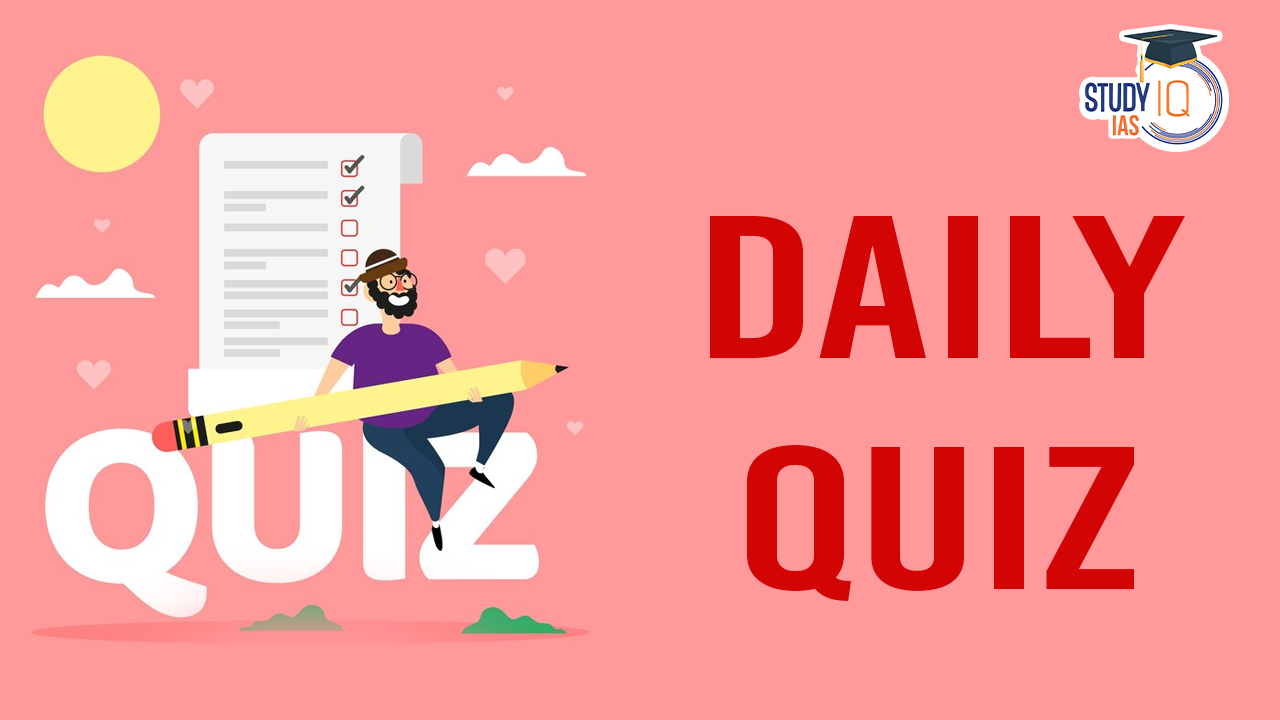
 Daily Quiz 18 September 2025
Daily Quiz 18 September 2025


